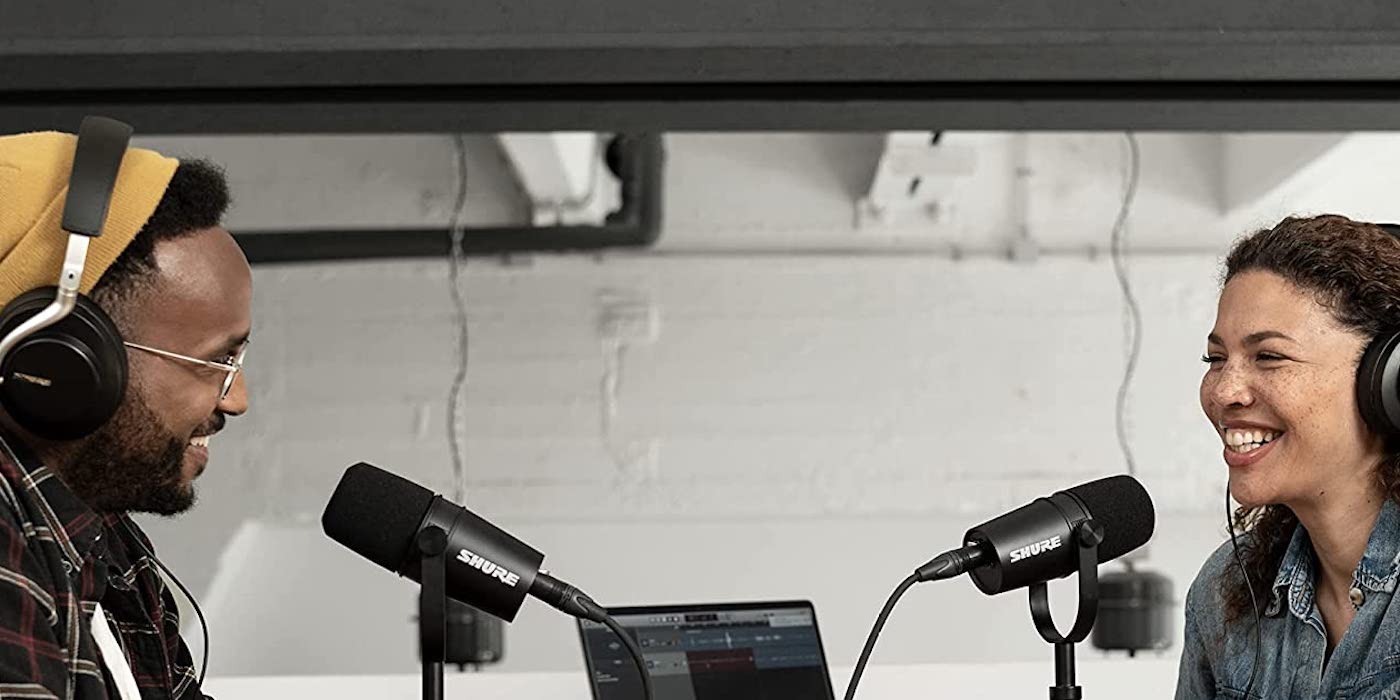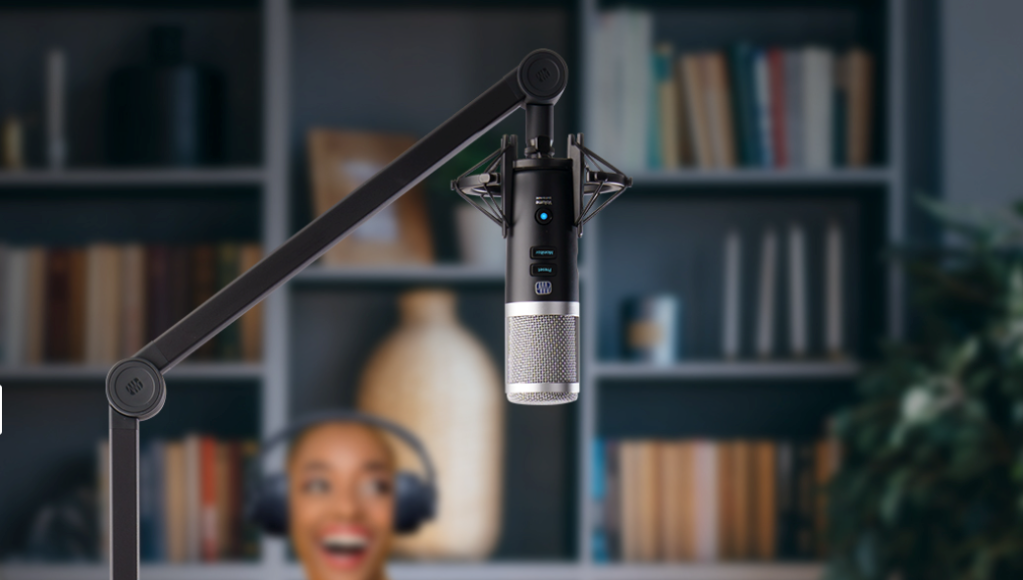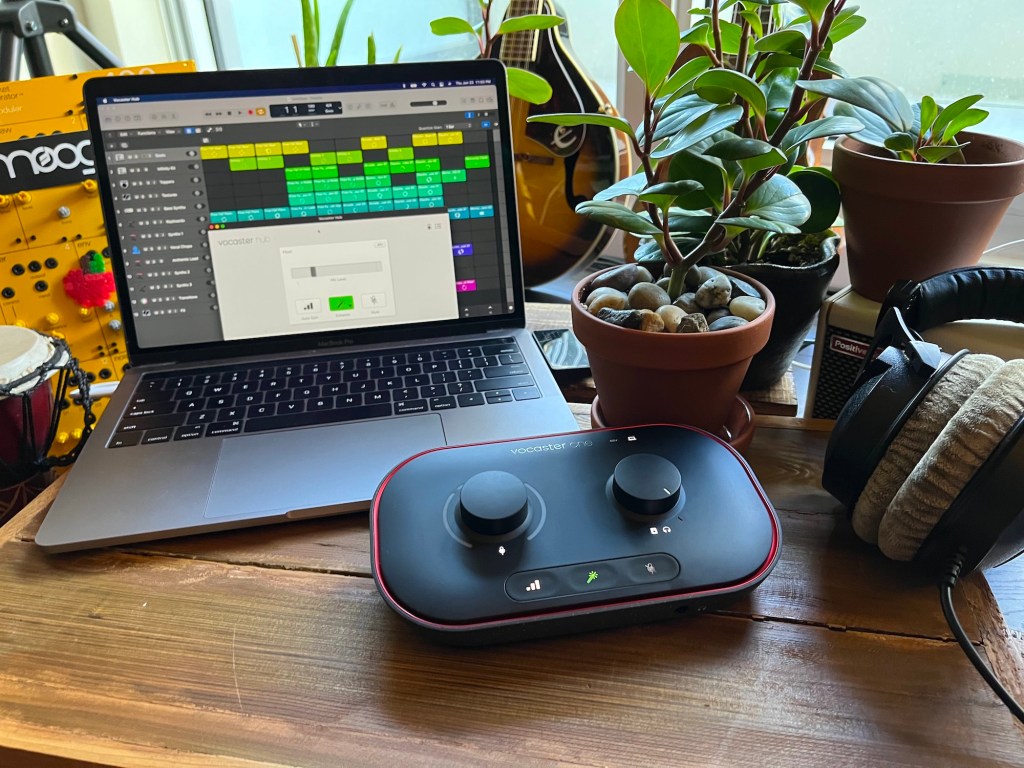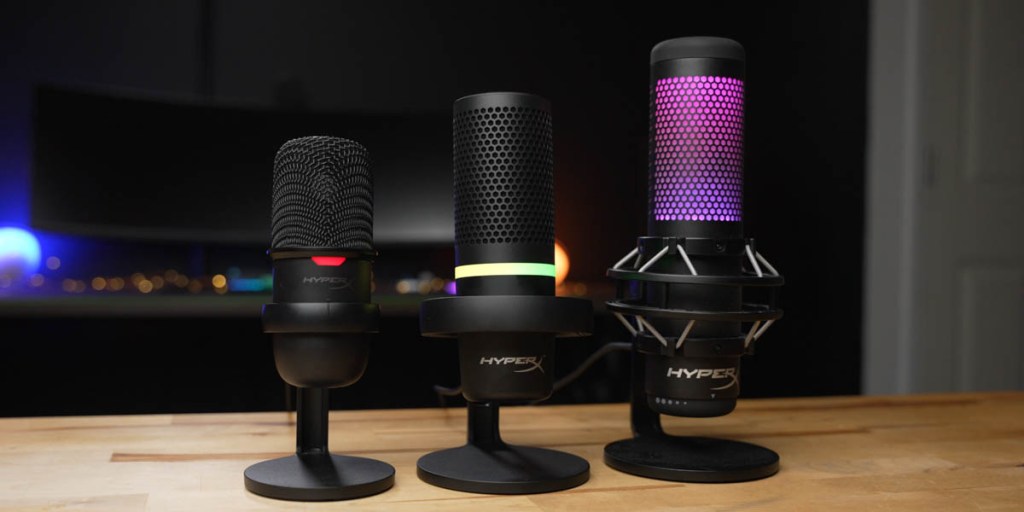
It’s time to dive into our 2022 edition podcast equipment list. With so many folks stepping into the space, whether it’s in a professional capacity or just as a hobby for beginners, it can be a daunting task to choose which podcast microphone and other gear you really need to get going in the right direction. It’s seeming like every even mildly audio-focused brand has an interface and a USB microphone available these days. So we thought we would organize some of the gear we have had a chance to go hands-on with (in some form or other) to help answer some frequently asked questions and to demystify some of the details for digital audio beginners and those just getting started in the podcasting space. Below, you’ll find a series of podcast equipment and gear to get you off on the right foot as well as ways to save some serious cash when first getting started.
Podcast gear – Microphones
Your broadcast – livestream, podcast, or otherwise – is always going to be about the quality of the content, personality of the presenters, and consistency, but the sound quality does matter. These days, most USB microphones will work for most platforms and listeners, but not every mic is created equal. It’s also not easy to be able to tell the difference in sound quality between models if you don’t have a bunch of them in front of you, and that’s where we are here to help. Beyond the actual content you’re presenting, your microphone should be considered the most important part of any podcast equipment setup.
Is USB or XLR best for podcasting mics?
First things first with your podcast equipment is to decide whether you should get an XLR or a USB mic. The main difference here, or rather the most important point to understand when getting started on the difference between USB and XLR microphones, is the input requirements. To record with a USB mic, you simply need to plug it into your computer, though you might need an adapter of some sort when using tablets and smartphones to record. Whereas with XLR mics, they require some kind of audio interface that acts as an intermediary between the microphone cable and your computer. An important point to keep in mind when taking this route is that just about all interfaces, even the more affordable options, can handle condenser XLR mics with ease via a simple phantom power switch to run them, but some dynamic options will need some help after being recorded to get the volume and overall presence up to par. In some cases with dynamic microphones, you might need a more expensive and/or suitable interface if you’re not savvy with post-processing plug-ins, like compressors and EQ.

Whether it’s an entry-level model option, a Rode podcast microphone, something with some built-in FX to make the process a bit more streamlined, or one of those Shure podcast mics you likely see on the more popular broadcasts every day, you’ll find some of our top picks down below.
- HyperX SoloCast $40
- USB-C
- Tripod included
- Hands-on review
- Rode Podcast Microphone PodMic $99
- XLR
- Mic clip, no tripod/stand
- PreSonus Revelator Dynamic USB Microphone $200
- USB-C
- Tripod included
- Built-in FX
- Hands-on review
- Shure MV7 USB Microphone $269
- XLR and USB
- Tripod included
- ***One of our favorite options
- Apogee USB Hype Microphone $349
- USB-C
- Tripod included
- Built-in analog compression
- Shure SM7B Dynamic Microphone $399
- XLR
- Mic clip, no tripod/stand

Should your podcast equipment list include an interface?
Any avid 9to5Toys reader will know just how many interfaces and all-in-one controller options are out there – just about every brand in the space makes one, and choosing which to land on is not an easy task when it comes to choosing your podcast equipment. For some, it’s just going to be a matter of which model they have come across somewhere online or those recommended by friends, with many of them delivering a similar feature set. With a varying range of digital conversion quality across the board, it really comes down to the best options in each price range. Like most product categories when it comes to music recording and the best podcast equipment, the more you spend the better it’s going to sound (for the most part), but there are some great podcast interface options to maximize sound quality, regardless of how much you’re looking to spend when getting started.
Just keep in mind you probably won’t need something like the high-end preamps in something like the new Neve 88M interface or the SSL 2 and SSL 2+ interfaces if you’re not looking to bring home studio-quality input for making records. And as we mentioned above, you can basically skip the interface altogether with a USB microphone, which can be a great way to save some cash in the early days.
- PreSonus AudioBox GO $80
- USB-C
- Sound samples and virtual instruments included
- Hands-on review
- Focusrite Scarlett Solo 3rd Gen $120
- USB-C
- UA Volt 2 USB Audio Interface $189
- USB-C
- Vintage Mic Preamp mode
- Focusrite Vocaster One/Two Interfaces from $199
- Voice FX presets
- Automatic input gain control
- Built-in loopback channel
- Hands-on review
- Apogee Duet 3 $649
- USB-C
- Built-in DSP Symphony ECS Channel Strip FX
What about podcast headphones?
When it comes to headphones in the best podcast equipment debate, you might be able to argue this is a far less important category than say the microphone you’re using. It is always nice to have a solid pair of cans you can trust, but considering the overall volume of a conversation-based workflow by comparison to music recording, most headphones and microphones will deliver enough isolation to get the job done – it’s not like you have a pounding drum kit and roaring guitars to worry about or a singer/musician that needs some serious volume on a backing track while recording parts and the like.
All things considered, you don’t even necessarily even need a pair of headphones for purely conversational content. They can be important if you’re pumping in clips and other audio sources into your broadcast or show – in most cases, you won’t want other audio getting picked up by your vocal mic during recording, and using a pair of headphones will negate this – as well as to give yourself a better idea of exactly what your voice, inflections, and overall tone will sound like to the audience. But the headphones you already have will work just fine for getting started.

Podcast equipment FAQ and what you need to get started
A microphone, USB, or XLR. Cheap mics for podcasts can work well, providing you consider some of the better brands (like those mentioned above), but it’s all a matter of budget requirements when you first get going.
A microphone stand or tripod – many of them include one these days, especially in the beginner category.
The computer you’re recording it with, a Mac or PC, will do just fine, and some kind of recording software – Apple’s GarageBand is a great FREE starter option.
An audio interface if you’re using an XLR mic or an all-in-one interface and mixer
Headphones – earbuds, over-ear or otherwise.
There are some other accessories and the like. For example, a ring light if you’re also appearing on-screen and a pop filter to help with audio quality/to minimize unwanted noise. But when just getting started on a budget, it’s a good idea to focus on what’s most important: the mic and recording rig.
Stick with what you already have. Most folks will already own the essentials outside of, potentially, a podcast microphone. The affordable set of earbuds and the laptop, PC, tablet, or even the smartphone you already have laying around will work just fine. Sticking with a cheap podcast microphone from Amazon in the $40 range is also an affordable way to start a podcast that will sound much better than the built-in options your laptop might carry – USB mics are generally the less expensive route, especially because they won’t require some kind of audio interface.
When it comes down to it, like most audio and video recording gear, it’s really a matter of budget. Obviously, the more expensive options will deliver the highest quality in almost all cases, but they are not necessarily a must, especially if you’re just getting started. A quality microphone from a trusted brand should be your first focus, considering most folks already have the computer, laptop, smartphone, or tablet needed to record content.
In most cases, the simple answer is no. Audio professionals, whether it’s music recording, broadcasting, making records, or otherwise, use XLR mics for a reason. They tend to sound better and are more expensive, but even when they aren’t, you’ll still need an audio interface or something of that nature to record them on your computer, tablet, or smartphone. Podcast USB mics tend to sound less clear and detailed, but they are still a great option for podcasting these days, will save you some cash in most cases, and even if you decide to splurge on a more expensive model, they are quicker and easier to use.
When it comes to what equipment is needed for a podcast and where to get it, Amazon is a great place to start. B&H and Guitar Center also come to mind, but it is always a smart idea to double-check the Amazon listings as they can tend to be even lower and, in many cases, you’ll find some of the official dealers dishing up the same gear on their official Amazon storefronts where your Prime shipping membership can be used. Whether it’s cheap mics for podcasting, a higher-quality Shure podcast mic, or even an entire podcast equipment bundle, Amazon should be at the top of your list for landing your new podcast equipment.
***Note: if you’re viewing this FAQ in Apple News, you might be better off visiting this section on the web.
FTC: We use income earning auto affiliate links. More.






Comments